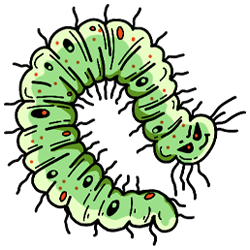Resource
What is a "Resource?"
The abstract Resource is OFRAK's building block. Every "thing" is a Resource.
One of the most apt ways to explain is to "peel open" a filesystem...
- A Squashfs filesystem can be a resource.
- An ELF file, like
/bin/ls, within the filesystem unpacked from the Squashfs (aResourceis a node in a tree, and can have children) - The
.textsection within/bin/ls, once identified as anElfand unpacked, is aResource. - The
ComplexBlocknamedmainwithin the.textsection within/bin/lsis aResource, once unpacked. (Seeing the pattern?) - The first
BasicBlockwithinmain... - The first
Instructionwithin the firstBasicBlockwithinmain...
OFRAK Components run directly against Resources.
root_resource: Resource = await context.create_root_resource_from_file(
"./my_filesystem.cpio"
)
await root_resource.run(SomeVeryCoolAnalyzer, some_very_cool_analyzer_configuration)
Resource Dependency Tracking
OFRAK tracks dependencies between resources and components: the Resource stores a detailed history of how each ResourceAttributes came to be added to that Resource.
The key pieces of information stored are:
- Which component added a given attributes
- The data that was accessed by that component (this implies that the created attributes depend on the data)
- Attributes of this
Resourceor anotherResourcethat were accessed by that component (this implies that the attributes depend on those other attributes)
The second two are both encapsulated in ResourceAttributeDependency, containing a reference to the Resource and ResourceAttributes with a dependency. The method AbstractComponent._create_dependencies is mainly responsible for registering these dependencies when components are run.
Data and attribute dependencies are invalidated whenever an OFRAK patcher is called, specifically in the method AbstractHLPatcherComponent._invalidate_dependencies.
Dependency invalidation means that the ResourceAttributeDependency.component_id is removed from ResourceModel.components_by_attributes and ResourceModel.component_versions. This means that the next time Resource.analyze_attributes is called to get that `ResourceAttributes type, the component ID called to analyze those attributes will not be found, triggering a search for the analyzer to produce those attributes and running it. Note that the attributes are not actually removed from the resource, which means get_attributes will still return the existing value.
